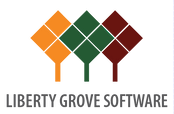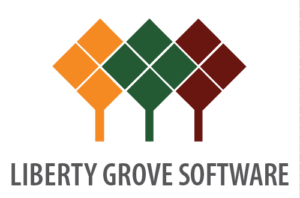Supply Chain Management (SCM), Models, and Integrations

When I sat down to write this blog about Supply Chain Management, I thought about the 1987 Steve Martin movie: Planes, Trains, and Automobiles. It's a comedy of errors that, in a way, relates to our topic because it illustrates how difficult it can be just to get from Point A to Point B when something along the line goes wrong.
What Is a Supply Chain?
In commerce, a supply chain is a system of organizations, people, activities, information, and resources involved in supplying products or services to consumers. Supply chain activities involve the transformation of natural resources, raw materials, and components into a finished product that is delivered to the end-user.
Supply Chain Models
There are a variety of supply-chain models that address both the upstream and downstream elements of Supply Chain Management (SCM). The SCOR (Supply-Chain Operations Reference) model became the cross-industry de facto standard defining the scope of Supply Chain Management. SCOR measures total supply chain performance. It is a "process reference model" for Supply Chain Management, spanning from the supplier's supplier to the customer's customer. It includes delivery and order fulfillment performance, production flexibility, warranty and returns processing costs, inventory and asset turn, and other factors in evaluating the overall effective performance of a supply chain.
Positive and Negative Factors Impacting SCM
On the plus side, the Internet has been a huge boon for Supply Chain Management, mainly because customers can now directly contact distributors. This has reduced the length of the chain to some extent by cutting down on middlemen. This also results in cost reductions and greater collaboration.
On the minus side, we have seen all too clearly how an event like a pandemic can wreak havoc on established supply chains.
And then there's regulation, whether it's increasing demand for traceability or security. Over the past 20 years, there has been a shift towards more traceable supply chains across most industries – food, pharma, medical device, manufacturing of all stripes.
Security has also become particularly important in recent years. As a result, supply chains are often subject to global and local regulations. In the United States, several major regulations emerged in 2010 that have had a lasting impact on how global supply chains operate. These new regulations include the Importer Security Filing (ISF) and additional provisions of the Certified Cargo Screening Program.
Supply Chain Integrations
recommends integrating your supply chain with your Enterprise Resource Planning (ERP) system. Integration opens the door for process improvements via applications such as Electronic Data Interchange (EDI). EDI is the computer-to-computer exchange of business documents in a standard electronic format between business partners. By moving from a paper-based exchange of business documents to one that is electronic, companies enjoy significant benefits such as reduced cost, increased processing speed, reduced errors, and improved relationships with business partners.
Another key integration is process automation. With Microsoft Power Automate, you can streamline and automate repetitive tasks and paperless processes, so you can focus your attention where it is needed most. Build time-saving workflows into everything from individual tasks to large-scale systems with seamless integration using hundreds of pre-built connectors. With Microsoft Power Automate, you can also enable everyone to build secure workflows with a low-code, no-code guided experience to automate mundane everyday tasks with robotic process automation (RPA).
Take the next step and learn more about these opportunities. Call us at 630-858-7388 or email us at
nav@libertygrove.com.
